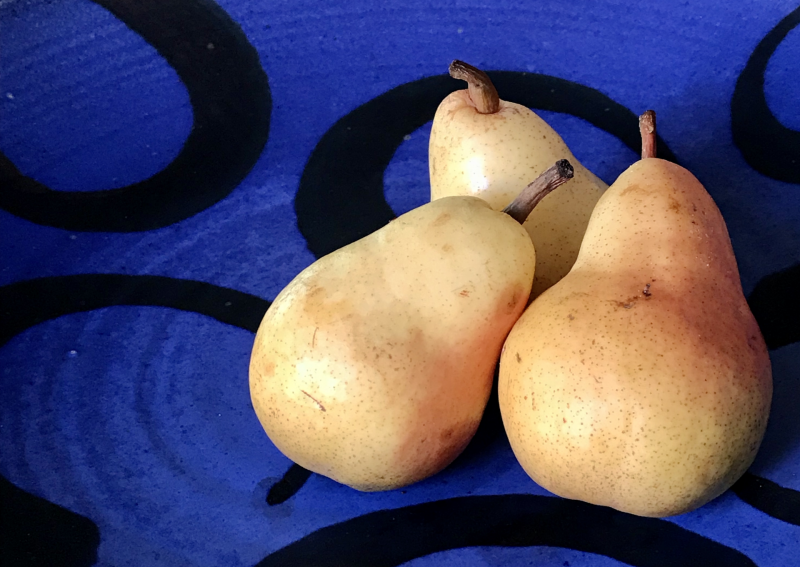Nothing about being a food writer is exciting right now. I haven’t been thrilled by my industry since before the pandemic. But when the majority of the food industry’s workforce, from farms to restaurants, are Black and brown folks facing higher risks of exposure to COVID-19, the job feels even more empty. When their already precarious health and financial safety face further attrition at the polls and in the Supreme Court, emptiness becomes desperation.
This year, independent restaurants, those darlings of food media, which once provided colorful characters and enchanting dishes for award-winning profiles, are closing one after the next. Those able to survive the economic realities of COVID-19, are contorting themselves to meet health guidelines just to serve the public’s eager appetite for normalcy. These are the current storylines that feed food writer’s penchant for poetic abstractions.
But this gloomy landscape isn’t even the reason writing about food isn’t exciting. Rather, it’s the very premise of food writing itself. Food media’s original and arguably core mission has been to service consumers— restaurant patrons, cookbook readers and kitchen gadget enthusiasts.
Food media, especially in its digital form, isn’t for everyone who eats but for the gourmand who eats better than most, or at least aspires to. As such, stories begin at consumption and its pleasures with the unsexy business of food production only mentioned if the appellation is noteworthy or quaint. Even then, production is often abstracted by the science of terroir or other precious details of manufacturing. Labor and the global politics of food production, with their racialized and exploitative hierarchies, are too bitter for food media’s preferred prose. This almost singular focus on a consumer with economic access has meant that stories investigating food’s power dynamics and disparities are funneled toward the news section. Food media’s inosculation with the food industry means the two not only share an audience but also a stomach—that is to say, when consumers feed one, the other is nourished too. And so the food industry and food media, including writing, television and filmmaking, center the same customers: the upwardly mobile consumer looking to escape themselves.
